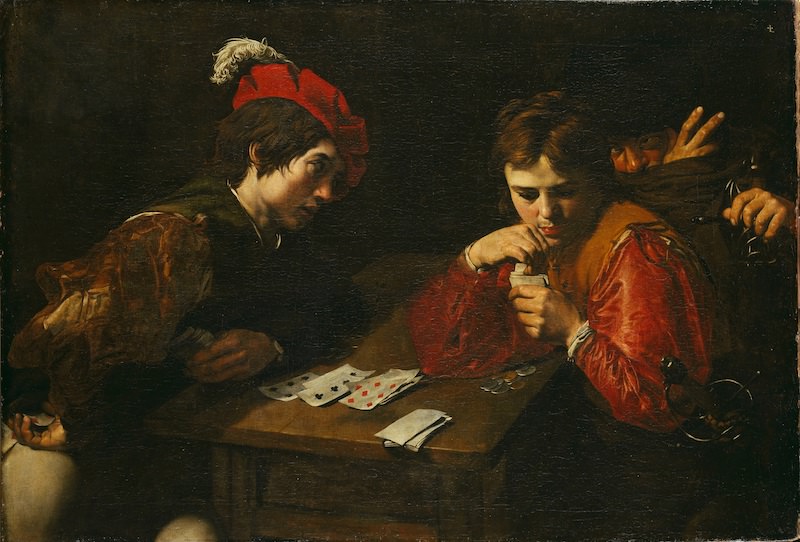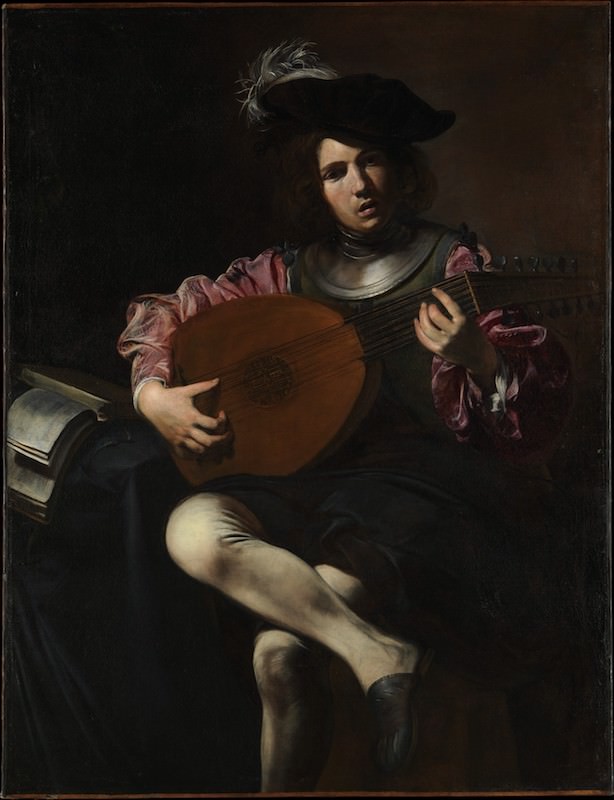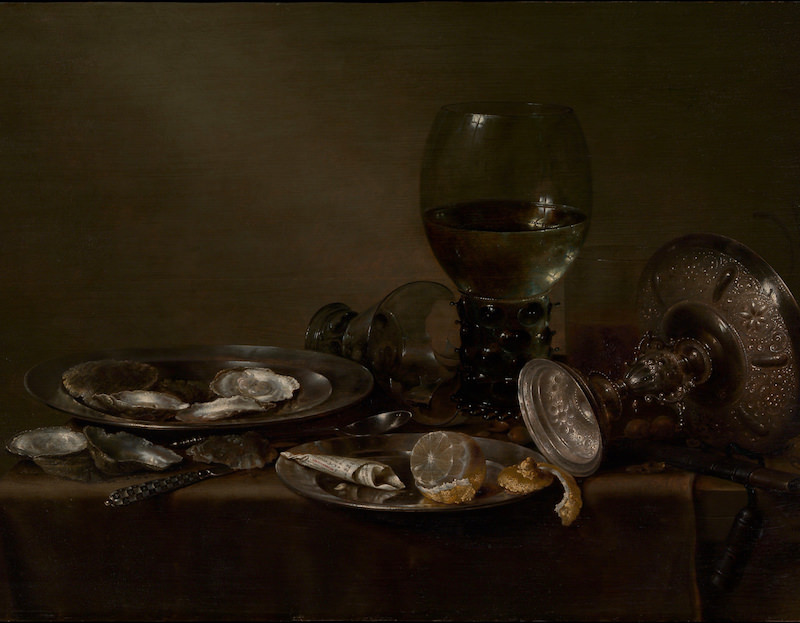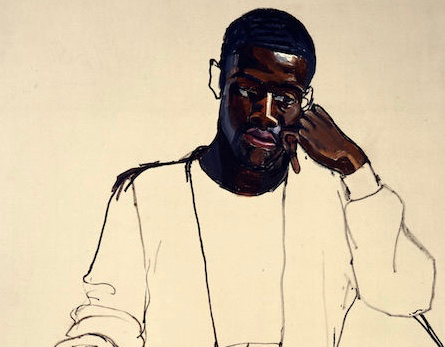
With a current show, the Metropolitan Museum of Art is making the case for a reassessment of Valentin de Boulogne, a second-tier master and dedicated Caravaggisti. On the one hand, this is an ambitious undertaking: forty-five of Valentin’s paintings—three-quarters of his extant output—have been assembled, much of it gathered from Europe. On the other, the catalogue’s advocacy is so unadulterated (“How could one not love Valentin?” begins one chapter) as to unnecessarily raise doubts. It doesn’t help that the show is installed in gallery 999 on the second floor, a middle-distance cab ride from the main entrance. Perhaps this, and the show’s subtitle, are tacit recognitions of just how difficult it is to coax museum goers into an old master show without a marquee name.

Valentin is the sort of artist I would have been thrilled to discover during my student years: richly talented, emotionally dark, and, best of all, virtually unknown in America. Born in France in 1591, he moved to Rome sometime between 1609 and 1614, and was soon painting in the Caravaggesque style. Like Caravaggio, he eschewed compositional sketches, preferring to paint straightaway on the canvas, and he also followed the former’s practice of working from the live model. Caravaggio’s lessons outside the studio may have been taken too much to heart; in the rough and tumble of seventeenth-century Rome, Valentin joined a group of carousing Dutch and Flemish painters known as the Bentvueghels, and was bestowed the nickname “Amador,” or lover boy. By the late 1620s he was well known, receiving important commissions for allegorical and religious subjects. He died in the summer of 1632, having suffered a terrible fever after a night of partying that culminated with a plunge in a fountain. The artist left little other than his paintings, so friends financed his funeral.

Valentin’s paintings are very good, sometimes brilliant. Cardsharps, an unusually fine early painting inspired by a Caravaggio of the same subject, strips down the master’s theatrical presentation to its dissolute essence. More primal than Caravaggio’s version is Valentin’s interpretation of Judith and Holofernes, the murderous downward thrust of Judith’s arms countered by Holofernes’s left arm raised in reflexive agony. Where Caravaggio felt the need to fill the space between protagonists with blood-red drapery, Valentin chose darkness. Caravaggio’s narratives lay out the stories as if we didn’t know them; Valentin takes the allegorical tropes for granted and distills them.

A rapid progress in emotive ability can be seen in themes that Valentin revisited: a Saint John the Baptist (ca. 1620–22) is stiff and fussy compared to a Riberaesque later version (there is yet a third take, an unapologetic nude in Apiro that may be the most memorable of the lot). Similarly, a second version of Judgment of Solomon moves away from the anecdotal elements of the Louvre canvas to a more effective emotional narrative. A late masterwork, A Musical Company with a Fortune-Teller displays compositional unevenness. Each figure is beautifully rendered, and the central grouping of soldier and gypsy features an exquisite lightness of touch, but I am almost certain that the last thing the painting needed was not one, but two portraits jammed between the principal couple’s gazes. The lack of cohesion among the secondary figures is an odd deficiency for a painter employing a consistent light source in a barren environment—and barren the surroundings are, as Valentin’s preferred setting is a void—but it does speak of a reliance on naturalism to the detriment of overall design. The show’s catalogue cites Caravaggio for this sense of “frozen action” and “piecemeal construction,” but his canvases possess a turbulent unifying dynamism. The grandiose Allegory of Italy is steeped in literal study of substance and anatomy at the expense of liveliness; realism without rhythm. Martyrdom of Saints Processus and Martinian is active enough, but it is a precursor to the excesses of nineteenth-century Salon machines, wherein the admirably rendered parts are more compelling than the painting as a whole. This isn’t a problem when Valentin deals with small groups or single figures. Samson is wonderfully painted, its sobriety enlivened by streaming drapery, but the model is “acting” thoughtful—I’m caught between the intended tragic introspection and a nagging suspicion that it’s a portrait of Dave Grohl contemplating his playlist. One has no such qualms before the haunting Lute Player; it makes perfect sense when Keith Christiansen, the Met’s Chairman for the Department of European Paintings and the driving force behind the show, draws a line from this musician to those painted by Watteau and Manet.
Valentin may not be the most profound of the Carravagisti—there’s no slam-dunk realism as in Ribera’s The Clubfoot, nor the mystical solemnity of de la Tour, a fellow Frenchman who’s enjoyed a victorious rediscovery in modern times. He does, however, represent the last and brightest flame of Caravaggism in Rome, with a gravitas that’s missing, for instance, from the art of the Utrecht followers. What Valentin supplies, embedded within his allegories, are moments of sober poetry. In the beseeching outstretched hand of Saint Mark and the tambourine player at the center of Musicians and Soldiers, a distinctive and poignant personality is evident. The Met’s contribution may not raise Valentin’s reputation, but it shines a well-deserved light on his art.
Valentin de Boulogne: Beyond Caravaggio will be on view at the Metropolitan Museum of Art through January 16, 2017.




